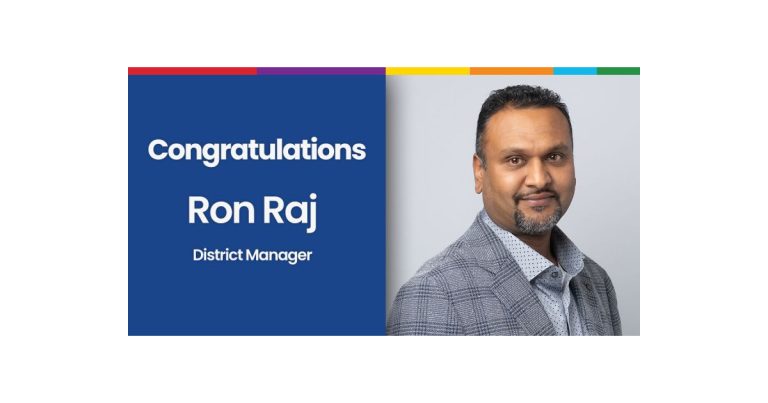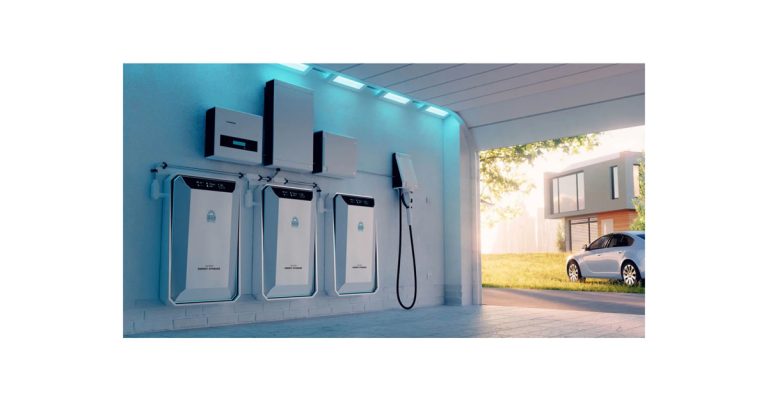Distributed Energy Sources Can Reduce Electricity Costs by Up to 50%, Study Says

Aug 3, 2017
DERs include all kinds of hardware that the utility may not necessarily own directly—solar panels, natural gas-fired microturbines, stationary batteries, and alternative cooling. Demand-response schemes, where a grid operator shifts electricity consumer use (usually through incentives) away from high-demand times, are also considered DERs.
Planning for DERs makes grid management trickier than it was when a company simply built a huge new plant and connected a power line to it. Without a lot of data, it’s hard to know what kinds of energy resources will have the most impact economically and environmentally and what will be most cost-effective for utilities. But a trio of researchers from Stanford University is attempting to make this planning easier for utilities and policy makers to solve.
The program, called “ReMatch,” uses smart grid data to match groups of consumers with different kinds of distributed resources based on the customers’ energy use and the ability to construct resources in that area (like solar panels, batteries, and so on). If a business district uses a lot of power around mid-day, for example, it might be worthwhile to offer incentives for that area to install solar panels. If a row of restaurants is open until 9pm, perhaps offering those businesses a solar-plus-battery option would be more cost-effective.
The modeling program can also break down customer energy use by the hour. The software can, for example, pick out customers who use a lot of solar in the morning and customers who use a lot of solar in the afternoon. The utility can then use that information to balance the enrollment of each kind of customer, thereby evening out the demands on the grid.
The researchers applied ReMatch to a 10,000-customer sample in California, using real hourly data gleaned from smart meters. The model found that constructing DER infrastructure in a targeted way reduced the Levelized Cost of Electricity (that is, the present value of the resource over its lifetime costs) by nearly 50 percent. This was, the paper states, due to a dramatic reduction in operating costs incurred by the utility.
By offering detailed data on intermittency, customer demand, and operating costs, utilities can take a targeted approach to incentivizing DER infrastructure, which will help them meet renewables goals and reduce costs associated with indiscriminate buildout. “[O]ur results suggest that in order for DER infrastructure to become a reality we must design smart and targeted policies, programs, and incentives that facilitate the balancing of consumer type enrollment in DER plans and programs with the existing grid,” the researchers concluded. “Under such smart policies, the optimal mix of consumers could be selected to become part of emerging utility models of organized ‘prosumer’ community groups to preserve the cost effectiveness of model-derived DER infrastructure plans.”
Written by Megan Geuss – 7/18/2017
Originally published in
Nature Energy, 2017. DOI: 10.1038/nenergy.2017.112 (About DOIs).











